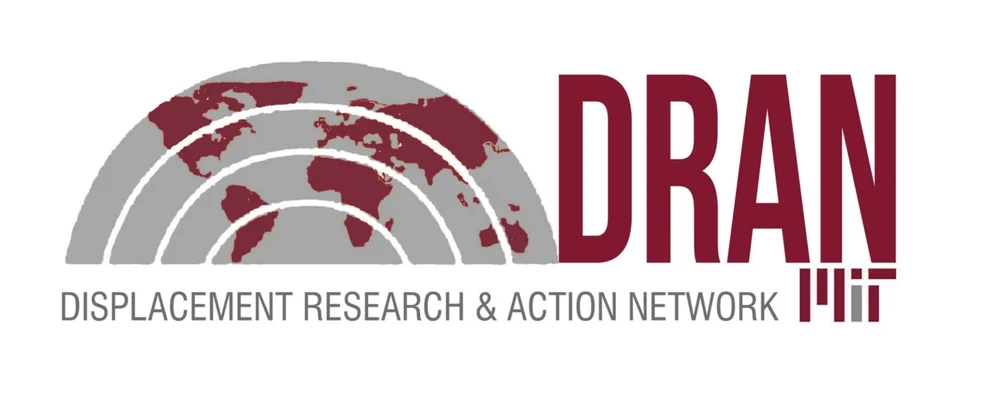Hydroelectric displacement in East Malaysia
July 2nd, 2016
Reazul Ahsan
Hydroelectric dam mega-projects often generate widespread displacement of the nearby communities from their homes and land. Displacement due to hydro projects encompasses not only the loss of land but also the disruption of social structure, self-determination, traditional livelihoods, and the loss of control over natural resources like forests and water bodies. Development-induced displacement is seldom addressed in the mainstream development planning—it is usually overlooked or viewed as an unavoidable side effect.
Sarawak, one of the largest states in Malaysia with rich biodiversity and indigenous culture, provides a clear example. Among the 2.47 million people in Sarawak, there are 27 distinct indigenous ethnic groups, speaking 45 different languages. Those indigenous communities are highly dependent on local forests and rivers for much of their livelihoods. However, in the name of economic and industrial development, the Sarawak government and the state-owned energy company Sarawak Energy Berhad (SEB) built Asia’s 2nd largest hydroelectric dam (Bakun Dam) with a capacity of producing 2400MW electricity per year. Bakun Dam has inundated an area of more than 2100 sq. km, submerging rainforests, agricultural land and villages. The dam displaced more than 10,000 indigenous people from their 70,000 hectares of land. They have been forced to leave in the name of economic development, and were relocated on 4000 hectares of land next to the Bintulu city with minimal services and facilities.
The Indigenous communities have been displaced and resettled in a new location for the last 16 years, yet they continue to struggle for income and livelihoods. They have been relocated to a palm plantation area in the jungle. Each family received 3 hectares of land, instead of the 100 hectares they had before to produce fruits and vegetables to support their families. While they have a school, clinic, and a police station in their new location as a part of the resettlement process, the land they have is still not enough to meet their needs. In order to survive, some have no choice but to go all the way back to the Bakun area near the dam, a costly journey, to collect fish, fruits, and vegetable from the river and forest where they used to live.
This new industrial development might bring economic growth for the state and for the country, but at what social price? It has cost the indigenous community’s lives, land and culture, and their story remains largely untold. With this blog I hope to increase interest in the advocacy of these communities and urge developers and municipalities to work with communities prior to displacement rather than merely on behalf of them after construction has begun. This piece is not comprehensive of the situation on the ground; rather, it serves as an introduction to a development practice that is sure to affect Malaysia for decades to come.
Dr. Reazul Ahsan holds a PhD in Urban and Regional Planning from the University of South Australia, where he also was a research associate before joining the MSCP. He has held faculty and research positions at Khulna University Bangladesh and the Asian Institute of Technology, Thailand. While at University of South Australia he conducted research on climate migration and urban changes, focusing on developing countries and also worked as a research fellow for designing aging-friendly cities. Dr. Reazul is a Senior Research Fellow at Pathikrit, a national development organization in Bangladesh.
